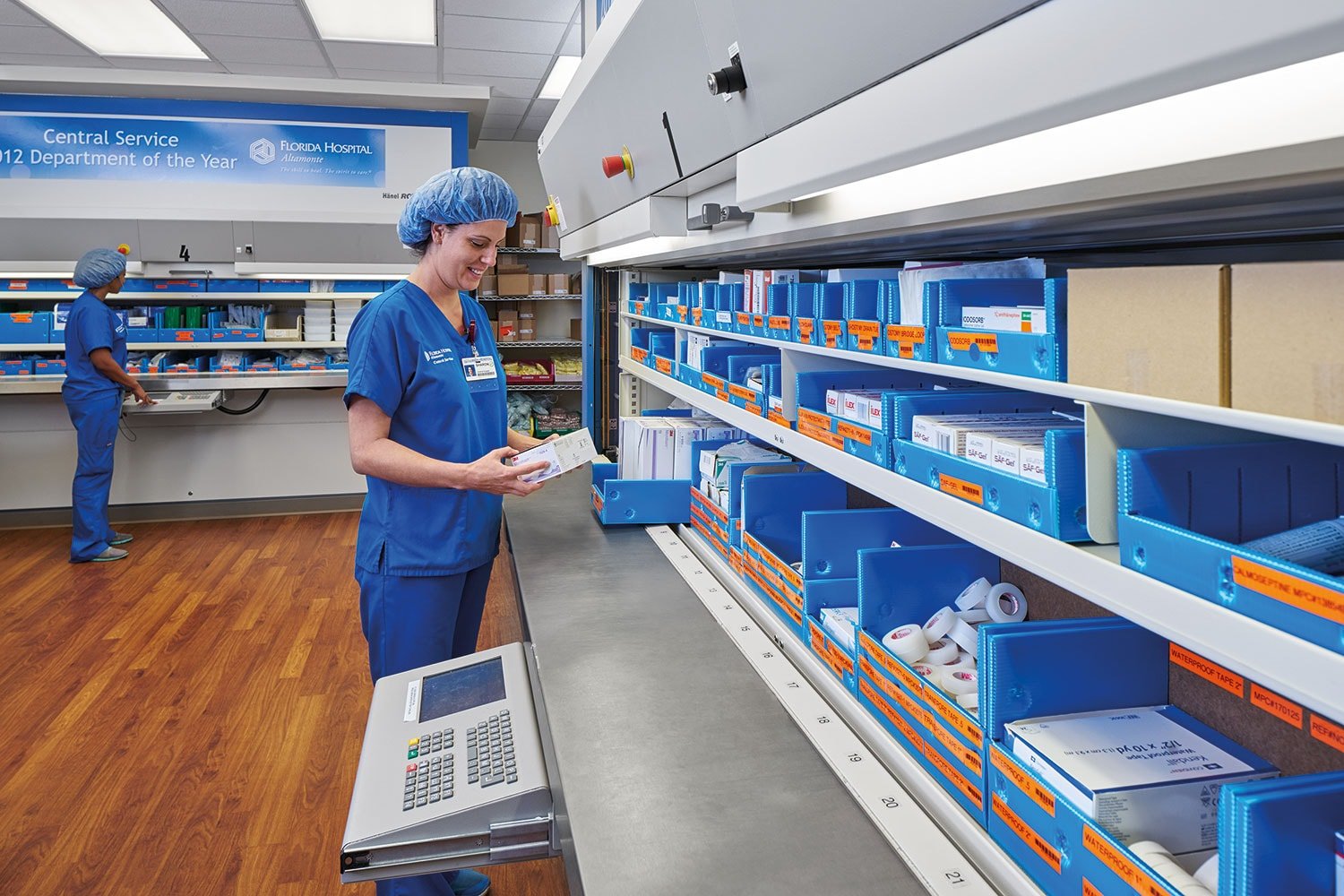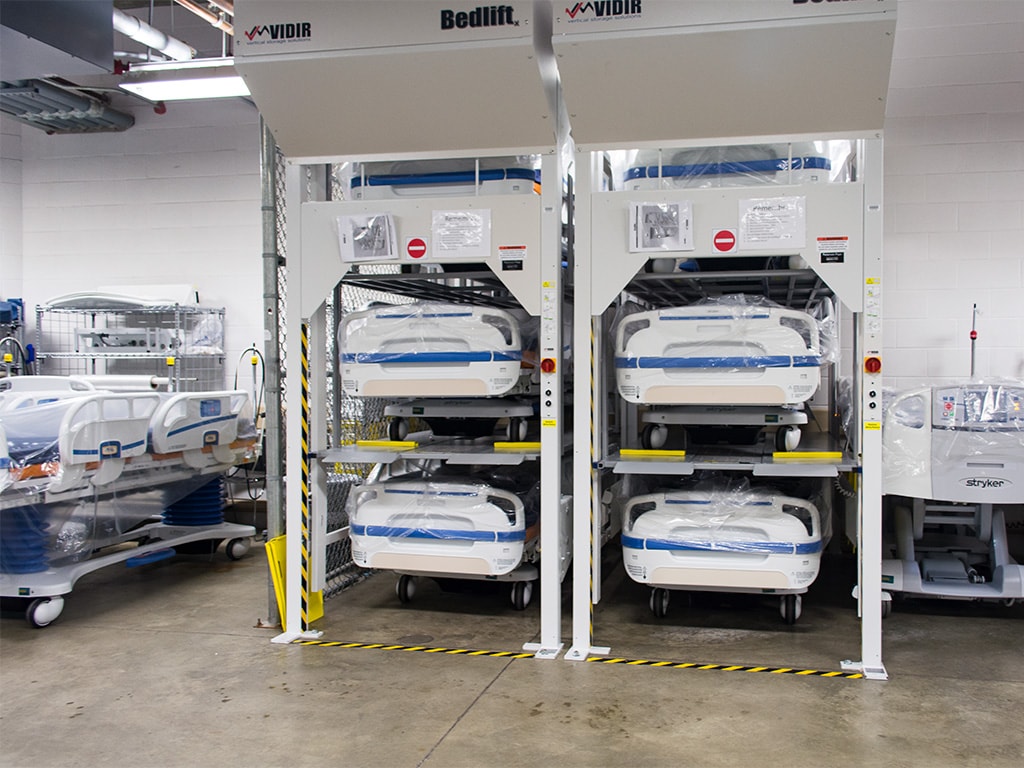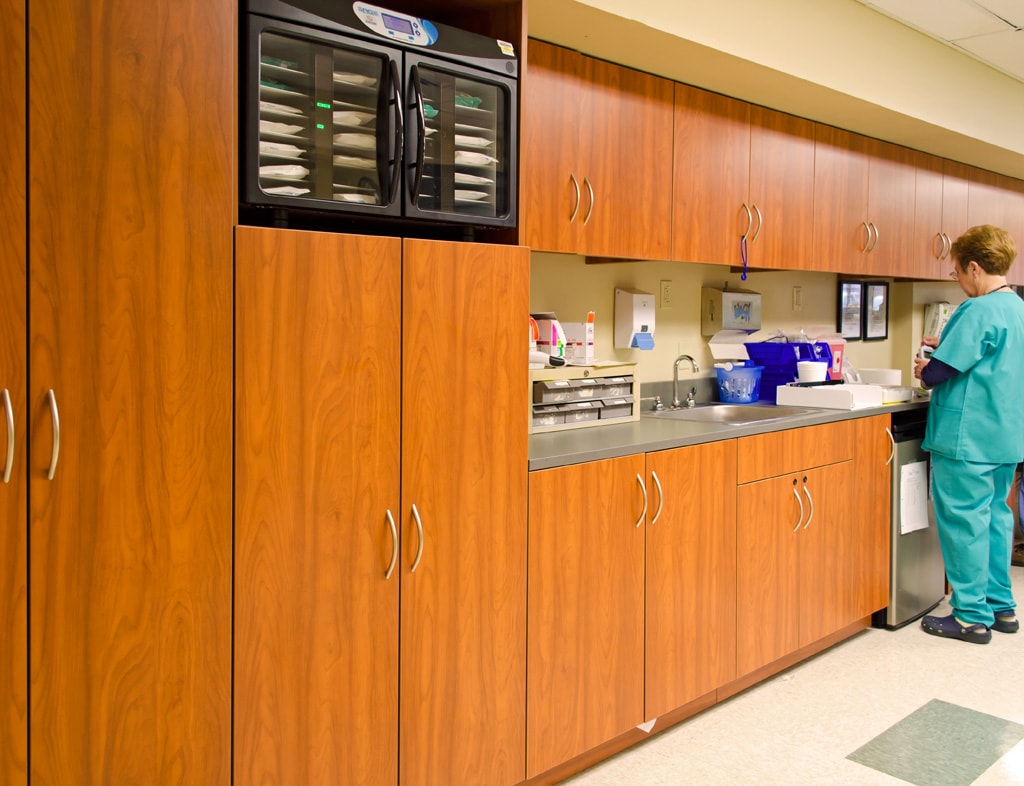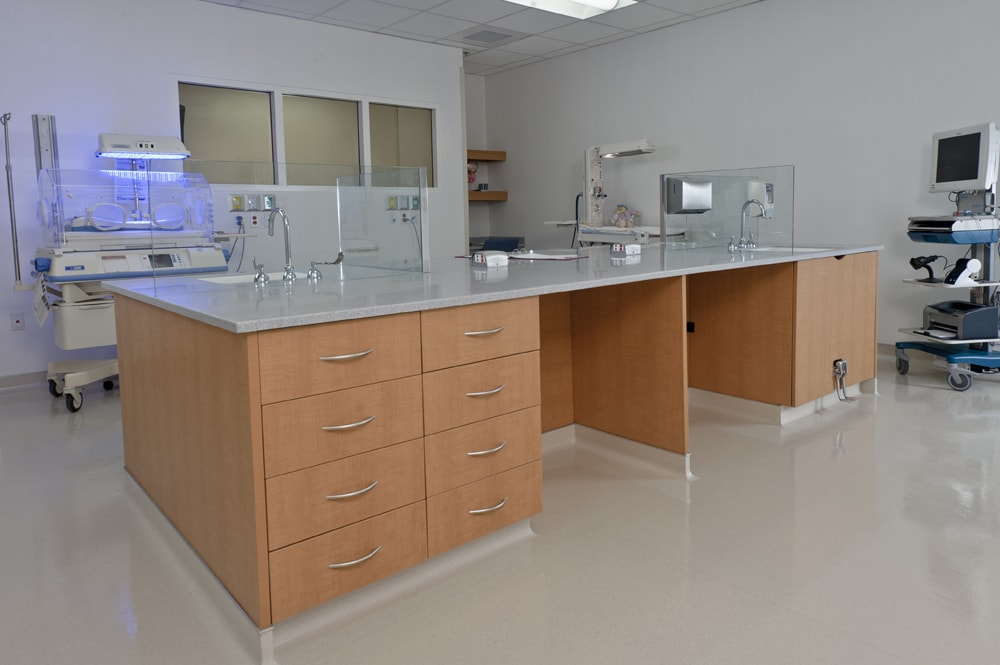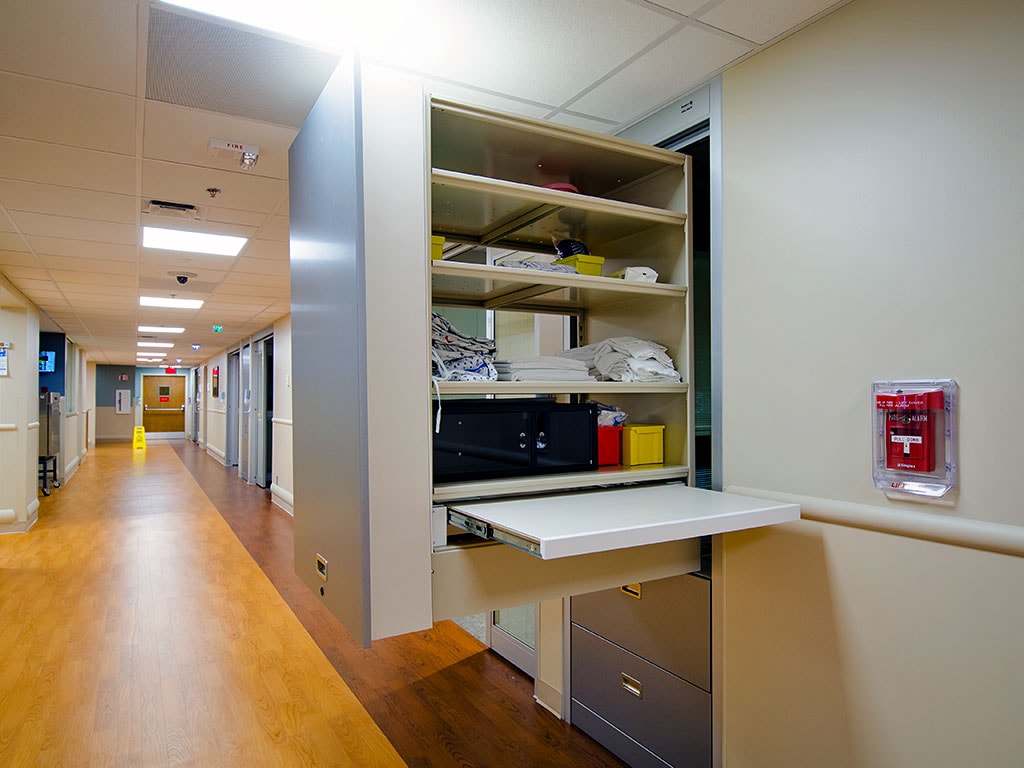Hospital storage systems are critical to the functionality and efficiency of healthcare facilities. Proper storage solutions ensure that medical staff have quick access to necessary supplies, maintain compliance with healthcare standards, and provide a better environment for patient care. This comprehensive discussion explores the importance of hospital storage systems and the innovative solutions available to meet the unique challenges of healthcare environments.
The Critical Role of Hospital Storage
Impact on EfficIency and Patient Care
With approximately 33.7 million hospitalizations in the United States in 2022, the demand for efficient hospital storage systems is undeniable. Effective storage solutions improve operational efficiency and enhance patient care by ensuring supplies are readily available and organized. Quick access to medical supplies and equipment can make a significant difference in patient outcomes.

Safety and compliance with standards such as OSHA and JCAHO are also paramount. Disorganized storage can lead to delays, increased infection risks, and potential regulatory violations.
Specialized Storage Solutions for Diverse Hospital Needs
Pediatric Hospitals
Pediatric hospitals have unique storage needs that cater to the comfort and safety of young patients and their families. Child-friendly designs, family-oriented space, and safe storage options are essential.

“Improvement is a continuous goal” at children’s facilities, according to Amy Wimpey Knight, President of the Children's Hospital Association. One strategy she suggests is to “take a broad view. Balance the work with a priority to improve across all domains of quality — patient-centered, effective, safe, timely, efficient, and equitable care.”
- Family-Friendly and Playful Environments: Modular casework provides attractive, configurable storage that blends seamlessly into playful, welcoming spaces. Movable walls can be used as room dividers and glass walls to create nursing stations and common areas while helping you maximize your space.
- Focus on Flexibility: In pediatric settings, rooms must be adaptable to reduce the need for moving patients, accommodate caregivers, and minimize disruption. The CoreSTOR Patient Server allows easy access to supplies from inside and outside the patient room, reducing disruptions and enhancing family comfort.
- Serve Diverse Patient Needs: Children’s hospital patients range from premature infants to preschoolers, preteens, and 6-foot-tall 17-year-olds. Meeting the needs of this age range requires equipment in all different sizes. Vertical storage solutions like carousel storage can house patient supplies, surgical instruments, or pharmaceuticals in a compact footprint, and vertical bed lifts can store and protect out-of-service hospital beds, increasing capacity and organization while protecting investments.
General Hospitals
General hospitals require versatile storage solutions that can adapt to various departmental needs.
- High-Density Mobile Shelving: A mobile high-density storage system maximizes space by eliminating fixed aisles, allowing hospitals to store more in less space. It's ideal for storing everything from medical reports to surgical supplies.
- Vertical Storage Solutions: Vertical carousels offer significant space savings and improved inventory control. These systems leverage vertical space, reducing the storage footprint by up to 60%.
- Modular Systems: Attractive and functional modular casework options meet the varied needs of nurses, doctors, and specialists. Keep HIPAA compliance in mind with lockable cabinets that help preserve patient privacy by giving specialists somewhere safe to secure confidential files.

Advanced Storage Solutions for Efficiency and Space Optimization
Vertical Storage Solutions
Vertical solutions such as carousel storage, bring numerous benefits, including space savings, enhanced security, and compliance with sterile storage requirements.
High-Density Mobile shelving
High-density mobile shelving systems optimize space utilization by creating movable aisles. This flexibility makes them suitable for various hospital departments, from records rooms to supply closets.
Modular Casework and Flexible Storage Options
Modular Casework Systems
Stainless steel cabinets and modular casework offer durable and adaptable storage solutions. These systems are particularly beneficial in environments like pharmacies, labs, and procedure rooms, providing sleek, easy-to-clean storage that withstands harsh cleaners.

Modular casework can be reconfigured as needs change, ensuring that hospital storage remains efficient and effective over time.
Specialized Equipment Storage
Hospital Bed Storage Solutions
Storing hospital beds can be challenging due to their size and the need for easy accessibility. Automated bed lifts offer a solution by stacking multiple beds in a vertical column, saving up to 70% of floor space and protecting the beds from damage.
Sterile Storage Solutions
Maintaining sterile environments is critical in healthcare settings. Vertical carousels provide secure, sterile storage for surgical instruments and other supplies. They help prevent cross-contamination and maintain compliance with regulatory standards.
The Storage Prescription for Healing Spaces
Effective storage design goes beyond clinical considerations to focus on workflow optimization. By streamlining processes, hospitals can improve efficiency and patient care. Designing storage systems with a workflow perspective ensures that hospital processes are efficient, reducing unnecessary steps and improving access to critical supplies.
Efficient hospital storage systems are essential for enhancing patient care, ensuring safety and compliance, and optimizing workflow. Contact a storage specialist today for customized storage solutions that meet your hospital's needs. Patterson Pope leverages innovative storage solutions to implement efficient, compliant, and patient-friendly systems to help transform your hospital's storage capabilities


